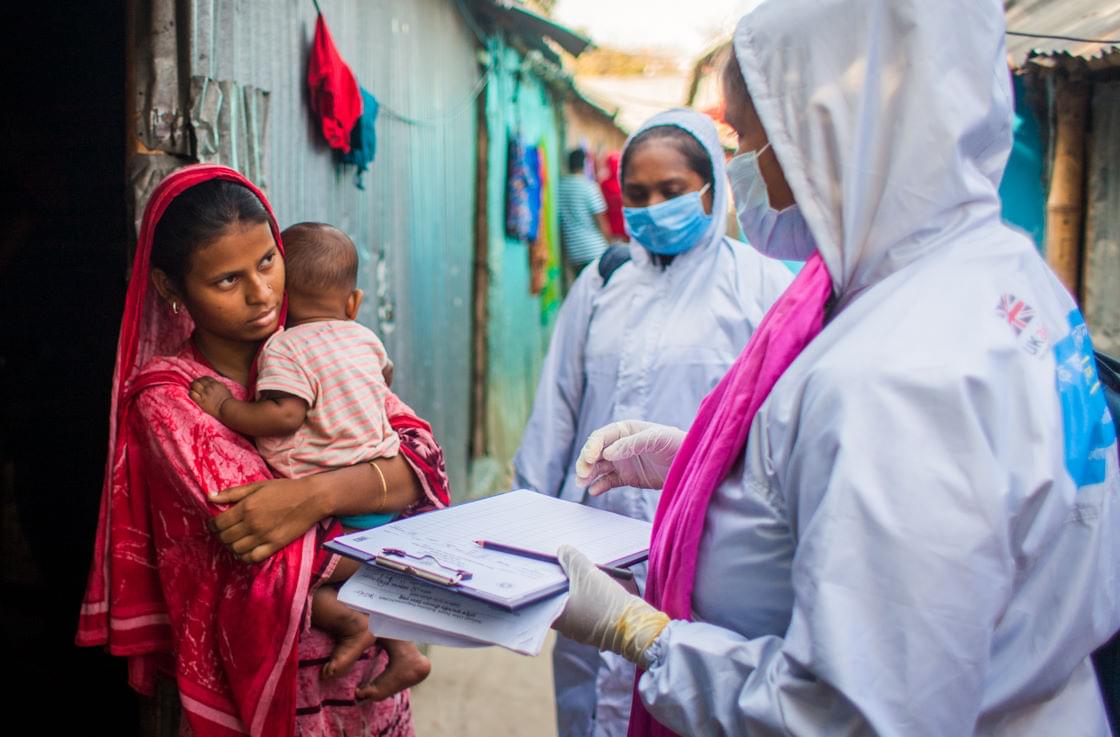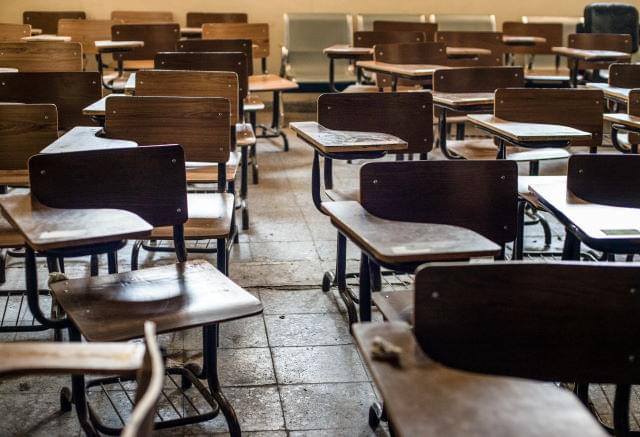
Photo: UNDP Bangladesh/Fahad Kaizer
How the ‘roadmap for humanity’ could be changed by a pandemic
The coronavirus pandemic has shown us a new world; one where the status quo no longer exists.
Millions of people are experiencing untold misery and suffering as the virus overwhelms our bodies and economies. Rich and poor, the pandemic has forced us to reconsider almost every aspect of how we live.
And COVID-19’s reach is only just beginning to be felt. UNDP estimates global human development—a combination of education, health, and living standards—could fall this year for the first time since 1990, when measurements began.

“The world has seen many crises over the past 30 years, including the Global Financial Crisis of 2007-09. Each has hit human development hard but, overall, development gains accrued globally year-on-year. COVID-19, with its triple hit to health, education, and income, may change this trend.”UNDP Administrator Achim Steiner

The pandemic presents both an enormous challenge and tremendous opportunities for reaching the 2030 Agenda and the Sustainable Development Goals (SDGs).
The SDGs are a roadmap for humanity. They encompass almost every aspect of human and planetary wellbeing and, if met, will provide a stable and prosperous life for every person and ensure the health of the planet.
This year they have received a grievous blow—one that will be far reaching for years to come.
But the pandemic also shows us the wisdom of what is already inherent in the SDGs; the challenges we face cannot be dealt with in isolation.
Our socio-economic assessments, based on findings from more than 70 countries and five regional reports, show that while most developing countries are in the early stages of the pandemic, they are already dealing with its negative effects.


Even before the crisis, the world was off track to ensuring healthcare for everybody by 2030.
Now, the impressive gains made in recent years—declining infant and maternal mortality rates, turning the tide on HIV/AIDS and halving malaria deaths—are threatened, and we face possibly alarming setbacks, not just from the disease itself, but the knock-on effects of breaks in vaccination campaigns.

The number of undernourished people has dropped by almost half in the past two decades. Central and East Asia, Latin America and the Caribbean have all made huge progress.
Still, as of 2017 there were 821 million people chronically undernourished.
COVID-19 has exposed weaknesses in global food supply chains. And it has pushed fragile countries, such as Yemen, where, despite humanitarian assistance, 15.9 million wake up hungry every day, push millions more into further distress.

Rapid economic progress in India and China has lifted millions out of poverty, but as of 2015, about 736 million people still lived on less than US$1.90 a day.
Now, Oxfam estimates that the crisis could push half a billion people back into poverty.
SDG 1 is the bedrock of the goals. The crisis has made this goal more challenging, but also presents an opportunity to completely revolutionize development.

About 1.6 billion people work in the informal economy—that’s about half the global workforce. The International Labour Organization reports that they are in immediate danger of having their livelihoods destroyed.
The ILO reports that more than one in six young people have lost their jobs since the pandemic began and those that are still at work have seen their hours reduced.
As the leader on COVID-19’s socio-economic response, UNDP will be working with private and public partners to encourage integrated growth that truly leaves nobody behind.

UNESCO estimates about 1.25 billion students are affected by lockdowns. UNDP estimates 86 percent of primary school children in developing countries are not being educated.
The pandemic has re-emphasized the ‘digital divide’ and the right to internet access, particularly for those in rural areas.
UNDP estimates that closing the digital divide would reduce by more than two-thirds the number of children not learning because of school closures.

At least 18 national elections and referendums have already been postponed. Sometimes this can lead to increased risk of unrest. Governments, particularly in fragile contexts are under unparalleled pressure to deliver digital services and social protection, and to function in ways that advance social cohesion, while upholding human rights and the rule of law.

Scientists have warned for years that unrestricted deforestation, the illegal wildlife trade, and diseases that cross from animals to humans would unleash an uncontrollable pandemic. That’s why investing in green economies is crucial to restore the balance between people and planet and help countries recover.
Like a double helix, the SDGs and the COVID-19 pandemic response are intertwined and cannot be tackled by a piecemeal approach.
In our role as SDG Integrator we are helping countries address all the public and private challenges connected to COVID-19.
UNDP is breaking with the past. The pandemic has given us permission to do what was once almost unimaginable—redesign the way we work.

UNDP is uniquely qualified to work on complex problem solving, as our successful response to Iraqi stabilization has demonstrated.
In Angola, we are helping to tackle deforestation. In Moldova, climate smart ecotourism contributes to sustainable growth. And from Belize to Belarus we have protected more than 680 million hectares of land and sea for the past 20 years.
The next phase of our COVID-19 response is to help decision-makers look towards 2030 and manage uncertainty in governance, social protection, the green economy and living in the digital world as we lead the UN’s socio-economic response.
For the first time in a hundred years, the world is focused a common goal: beating coronavirus.
Getting “back to normal” is simply not feasible—because “normal” got us here. The crisis has shown us how deeply connected we are to others and to the planet. COVID-19 is forcing us to revisit our values and design a new area of development that truly balances economic, social and environmental progress as envisioned by the 2030 Agenda and the SDGs.
Integrated solutions are the only way in which we’ll be able to build a greener and more inclusive future to help countries meet the 2030 goals.
